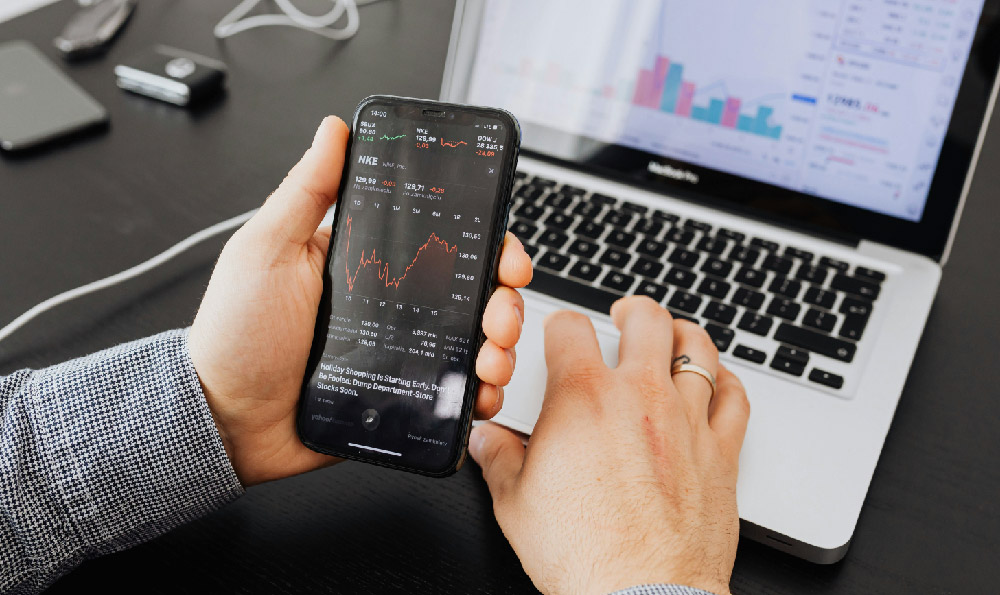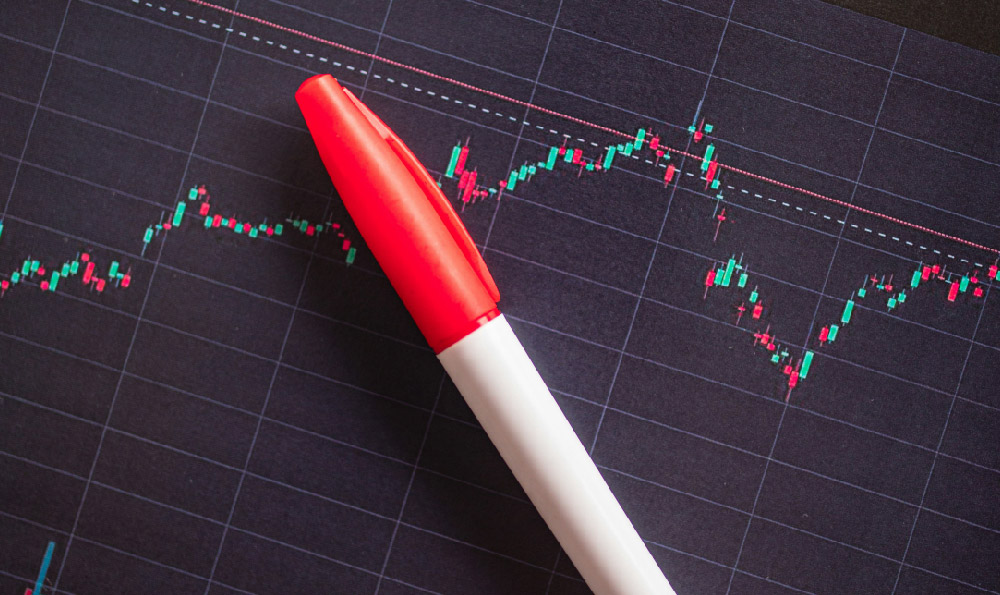Navigating the BTC/USDT Trading Landscape on Upbit: Timing Your Entry for Optimal Returns
The cryptocurrency market, a realm characterized by both exhilarating opportunities and inherent risks, demands a strategic approach, especially when navigating platforms like Upbit. Bitcoin (BTC), the undisputed king of cryptocurrencies, paired against Tether (USDT), a stablecoin pegged to the US dollar, forms a popular trading pair. Understanding the "why" and "when" of this trade is crucial for any aspiring crypto investor. This analysis delves into the rationale behind trading BTC/USDT on Upbit and identifies optimal timing strategies to maximize profit potential while mitigating risk.
Understanding the Appeal of BTC/USDT Trading
The BTC/USDT pairing enjoys immense popularity due to its accessibility and stability relative to other cryptocurrency pairings. Tether (USDT) provides a stable benchmark, allowing traders to easily quantify Bitcoin's price fluctuations in a familiar fiat currency equivalent. This simplifies profit calculation and risk assessment. Upbit, a prominent South Korean cryptocurrency exchange, facilitates this trade with a user-friendly interface and robust trading tools, attracting a large volume of traders, which in turn enhances liquidity. This liquidity is paramount for efficient order execution and minimal slippage, particularly crucial for day traders and those employing high-frequency trading strategies.

The primary reason to engage in BTC/USDT trading is to capitalize on Bitcoin's price volatility. The cryptocurrency market is known for its dramatic swings, presenting opportunities to buy low and sell high, or vice-versa in the case of short selling (which may be available on Upbit depending on their margin trading offerings). However, this volatility is a double-edged sword, necessitating a comprehensive understanding of market dynamics and risk management techniques.
Deciphering Market Signals: Identifying Optimal Entry Points
Determining the "best time" to trade BTC/USDT requires a multi-faceted approach, encompassing technical analysis, fundamental analysis, and sentiment analysis. There is no single foolproof indicator, and a combination of these approaches is generally recommended.
Technical Analysis: Reading the Charts
Technical analysis involves studying historical price charts and trading volume to identify patterns and predict future price movements. Several indicators can be employed:
-
Moving Averages (MA): These smooth out price data over a specific period, identifying trends and potential support/resistance levels. A simple example is the 50-day and 200-day moving average crossover. When the shorter-term moving average crosses above the longer-term moving average, it's often considered a bullish signal, suggesting a potential buying opportunity. Conversely, a crossover to the downside could signal a bearish trend.
-
Relative Strength Index (RSI): This momentum oscillator measures the magnitude of recent price changes to evaluate overbought or oversold conditions. An RSI above 70 typically indicates an overbought condition, suggesting a potential price correction, while an RSI below 30 indicates an oversold condition, hinting at a potential price rebound.
-
Fibonacci Retracement Levels: These levels are based on the Fibonacci sequence and are used to identify potential support and resistance levels. Traders often look for price retracements to these levels as potential entry points, assuming the price will bounce back in the direction of the prevailing trend.
-
Trading Volume: Analyzing trading volume alongside price movements can provide valuable insights. A significant price increase accompanied by high volume suggests strong buying pressure, lending credence to the upward trend. Conversely, a price decrease with high volume indicates strong selling pressure.
It's important to note that no single indicator is infallible. Relying solely on one indicator can lead to false signals and poor trading decisions. Combining multiple indicators and confirming signals with other forms of analysis is crucial.
Fundamental Analysis: Assessing Bitcoin's Underlying Value
Fundamental analysis involves evaluating the intrinsic value of Bitcoin by examining factors such as its network activity, adoption rate, regulatory landscape, and technological advancements.
-
Network Hash Rate: The hash rate represents the computational power dedicated to mining Bitcoin. A higher hash rate indicates a more secure and robust network, which can positively influence investor confidence.
-
Transaction Volume: Monitoring the number of Bitcoin transactions and the value transferred on the network can provide insights into the actual usage and adoption of the cryptocurrency.
-
Regulatory Developments: Changes in regulations regarding Bitcoin can have a significant impact on its price. Positive regulatory developments can boost investor confidence, while negative regulations can trigger price declines.
-
Technological Upgrades: Significant upgrades to the Bitcoin protocol, such as the Taproot upgrade, can improve its functionality and scalability, potentially driving its price higher.
Sentiment Analysis: Gauging Market Mood
Sentiment analysis involves monitoring social media, news articles, and online forums to gauge the overall market sentiment towards Bitcoin. Positive sentiment can fuel buying pressure, while negative sentiment can lead to selling pressure. Various tools and platforms are available to track and analyze cryptocurrency sentiment. Be wary of "pump and dump" schemes or orchestrated campaigns designed to manipulate market sentiment. Critical thinking and independent research are essential.
Risk Management: Protecting Your Capital
Effective risk management is paramount in cryptocurrency trading. Given the inherent volatility, it's crucial to implement strategies to protect your capital.
-
Stop-Loss Orders: These orders automatically sell your Bitcoin if the price falls to a predetermined level, limiting potential losses. Setting stop-loss orders is essential to protect your investment from sudden price drops.
-
Position Sizing: Carefully consider the amount of capital you allocate to each trade. Avoid investing more than you can afford to lose. A common rule of thumb is to risk no more than 1-2% of your total trading capital on any single trade.
-
Diversification: While focusing on BTC/USDT, consider diversifying your portfolio across other cryptocurrencies and asset classes to mitigate risk.
-
Emotional Control: Avoid making impulsive trading decisions based on fear or greed. Stick to your pre-defined trading plan and avoid chasing quick profits.
Upbit Specific Considerations:
While the above analysis provides a general framework, it's important to consider specific aspects of trading on Upbit. Pay close attention to Upbit's trading fees, withdrawal limits, and any specific promotions or events that might influence trading volume or liquidity. Furthermore, stay informed about any regulatory changes affecting cryptocurrency trading in South Korea, as these can have a direct impact on Upbit's operations and the BTC/USDT trading environment.
Conclusion:
Trading BTC/USDT on Upbit presents both opportunities and challenges. A successful strategy requires a deep understanding of market dynamics, technical and fundamental analysis, and robust risk management. By combining these elements and staying informed about the specific conditions on Upbit, traders can increase their chances of achieving profitable outcomes while mitigating the inherent risks of cryptocurrency trading. Remember, continuous learning and adaptation are essential for navigating the ever-evolving cryptocurrency landscape. This is not financial advice, and any investment decision should be made after consulting with a qualified financial advisor.












